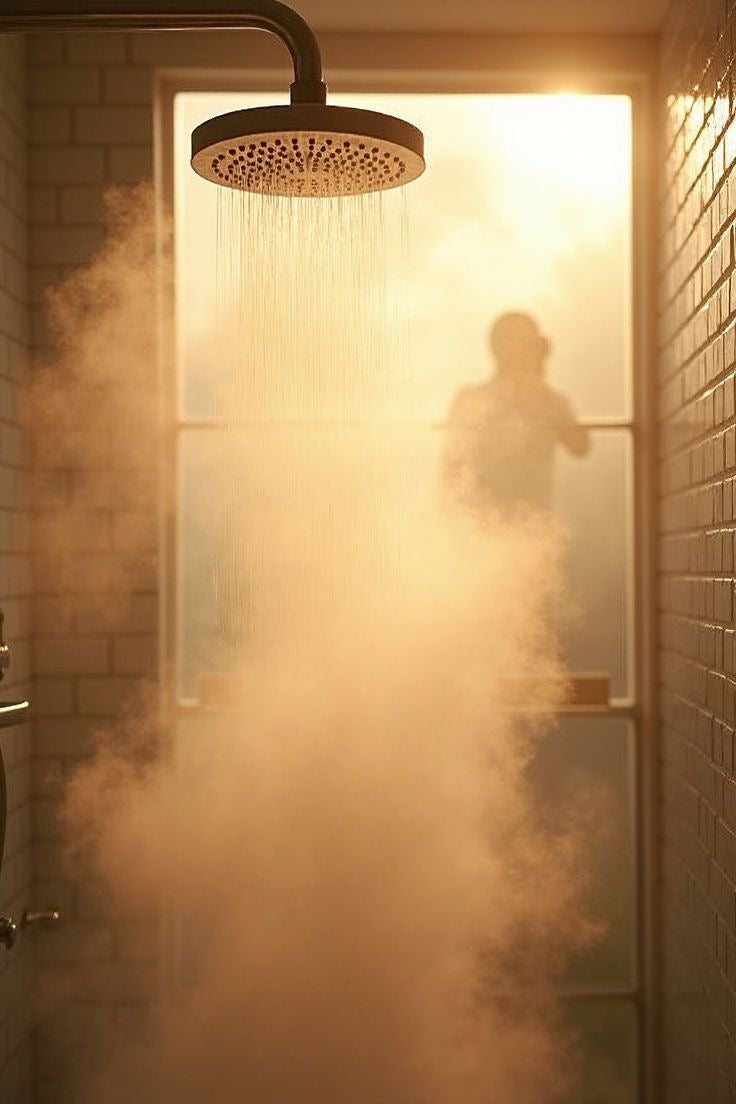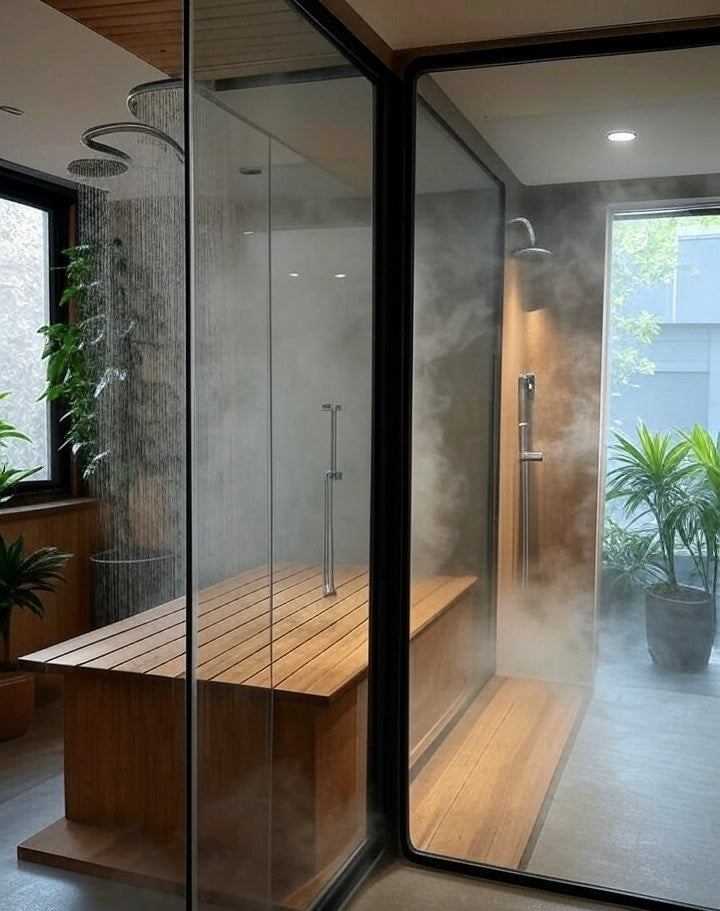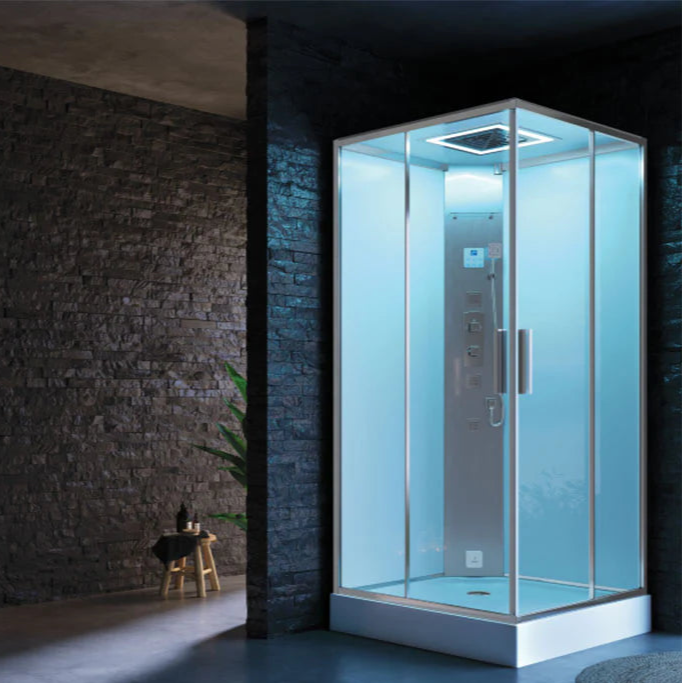Sciatica acting up again? Before you turn into a human pretzel on the floor, consider this: Can a Cold Plunge or Ice Bath help? Short answer—yes, it might! A dip in a Cold Plunge Tub or Ice Bath Tub could ease pain and inflammation. Curious? Read on to chill the ache.

The Sciatic Nerve and Its Pain
What is Sciatica?
Sciatica refers to discomfort caused by pressure or irritation of the sciatic nerve. This nerve stretches from the lower spine through the hips and down both legs.
It originates at nerve roots L4, L5, S1, S2, and S3. When these roots become compressed or inflamed, they trigger symptoms along the nerve pathway.
It’s a common condition, but one that varies in severity from mild twinges to debilitating pain.
Common Causes: Herniated/Bulged Discs, Spinal Stenosis
The most frequent cause of sciatica is a herniated or bulging disc, which presses against the nerve root.
Other causes include spinal stenosis, where the spinal canal narrows and pinches the nerves.
Injuries, arthritis, and degenerative disc conditions can also play a role. Any of these issues may irritate or compress the nerve, leading to symptoms.
Recognising Sciatica Symptoms
Pain Characteristics: Sharp, Burning, Tingling, Numbness, Weakness
Sciatica pain is often described as sharp, burning, or shooting. It usually runs from the lower back into the leg, often on just one side.
Tingling, numbness, or muscle weakness in the leg or foot may also appear.
These sensations are all connected to how the sciatic nerve transmits signals.
Impact on Daily Life: Restricted Mobility, Difficulty Standing/Sitting
Sciatica can make simple tasks like walking, sitting, or standing a challenge.
It may interrupt sleep, limit mobility, and affect posture. Over time, this can impact both physical health and daily mood.
How Cold Plunge and Cold Therapy Can Provide Relief

The Science Behind Cold's Effect on Sciatica
Reducing Inflammation
Mechanism: Cold causes vasoconstriction, narrowing the blood vessels.
Impact: This reduces blood flow to the inflamed area, limiting swelling and slowing inflammatory chemicals. Less swelling often equals less pressure on the nerve.
Numbing Pain Signals
Mechanism: Cold slows nerve conduction, reducing how quickly pain messages travel.
Impact: This helps numb the area and reduce the intensity of discomfort, even if temporarily.
Alleviating Muscle Spasms
Mechanism: Cooling the muscles can calm overactive fibres that tighten around the sciatic nerve.
Impact: This eases tension, which might otherwise worsen compression or irritation.
Boosting Endorphins
Mechanism: Cold immersion can release dopamine, serotonin, and other endorphins.
Impact: These natural chemicals improve mood and can change how your brain perceives pain.
When to Use Cold Therapy for Sciatica
Acute Onset: Most Beneficial During the Initial 48–72 Hours of Pain
Cold therapy is most effective during the first two to three days after pain begins.
Applying cold early may prevent swelling from spreading. This reduces pressure and helps manage symptoms before they escalate.
Flare-ups: Effective for Managing Sudden Increases in Chronic Pain
For those with recurring sciatica, flare-ups are common.
Using a Cold Plunge Tub or Ice Bath during these flare-ups can calm irritation. It offers quick relief by cooling the tissues and easing sensitivity.
Targeted Application: Why Applying Cold to the Lower Back/Pelvis is Crucial
The sciatic nerve originates in the lower spine, not the leg itself.
So, applying cold to the lower back or pelvis targets the root cause. While leg pain is common, treating the nerve's origin point is far more effective.
Practical Application, Considerations, and Complementary Approaches
How to Incorporate Cold Therapy
Ice Packs and Cold Compresses
-
Duration: Keep sessions short—15 to 20 minutes with breaks.
-
Technique: Always use a barrier like a towel to protect the skin.
You can repeat these throughout the day during pain peaks.
Cold Showers: A Gentler Introduction to Cold Exposure
Cold showers provide a simple, less intense option.
Aim to let cold water hit the lower back for up to two minutes. It’s ideal for beginners easing into the world of cold therapy.
Full Cold Plunge/Ice Bath
-
Immersion Time: Start with 1–5 minutes, and slowly build to 10–15 minutes if tolerated.
-
Monitoring: If you experience numbness, dizziness, or extreme discomfort—exit immediately.
Cold therapy isn’t about toughness—it’s about safe, consistent exposure.
Important Precautions and When to Consult a Doctor
Contraindications
Cold plunges may not be safe for everyone. Avoid or proceed with caution if you have:
-
Heart conditions or high blood pressure
-
Poor circulation or peripheral neuropathy
-
Cold agglutinin disease or diabetes
These can increase your risk of serious side effects.
Potential Risks
Used incorrectly, cold therapy may cause:
-
Hypothermia
-
Frostbite or skin/nerve damage
-
Breathing difficulties
-
Sudden cardiovascular stress
-
Loss of coordination or feeling
These risks are rare, but worth knowing.
Medical Consultation
If your sciatica is persistent or tied to a known medical condition, always consult a GP before beginning cold immersion therapy.
A professional can help you decide whether cold exposure is right for you and how best to apply it.
Cold Plunge as Part of a Comprehensive Sciatica Treatment Plan
Combination with Heat Therapy
When to Use Heat
After the first 72 hours, heat therapy becomes more helpful.
Heat encourages blood flow and muscle relaxation. It’s especially useful if stiffness is a major issue.
Contrast Therapy: Alternating Hot and Cold for Maximum Relief
Alternating between hot and cold exposure is known as contrast therapy.
Use cold first to reduce inflammation, then apply heat to ease muscle tension. This mix may enhance overall relief.
Integrating with Other Treatments
Cold therapy works best as part of a wider plan.
This can include:
-
Physical therapy and mobility exercises
-
Pain medication (as advised)
-
Postural corrections and lifestyle adjustments
Together, these tools target both pain and its underlying causes.
Limitations
Cold plunge is a support method—not a fix.
It does not heal herniated discs or reverse spinal narrowing. Instead, it provides a natural, non-invasive way to manage pain alongside medical care.
Conclusion
So—can cold plunge help sciatica? Yes, it can offer real relief.
By easing inflammation, numbing nerve signals, and calming muscle spasms, cold therapy may improve your daily comfort. It’s especially helpful during flare-ups or early symptoms.
Just remember, it’s not a cure. But used wisely, a Cold Plunge or Ice Bath Tub can become a powerful tool in your recovery routine.
Takeaways
-
Cold therapy for sciatica relief helps reduce swelling, block pain, and relax tense muscles.
-
Works best in the first 48–72 hours or during flare-ups.
-
Apply to the lower back or pelvis—not just the legs.
-
Always use proper timing, barriers, and consult a doctor if unsure.
-
Cold plunges are most effective when combined with stretching, heat, and professional guidance






